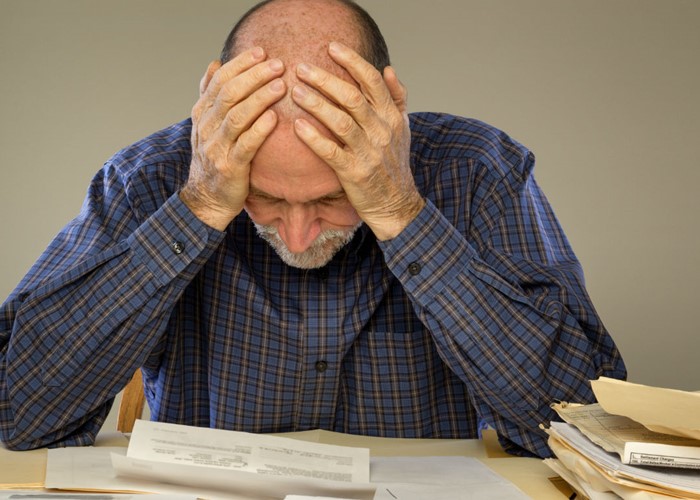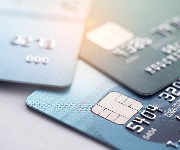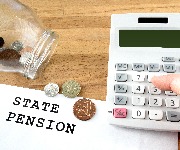Sharp rise in personal insolvencies

Largest jump in over four years.
Government figures show that between April and June this year, 27,029 in England and Wales became insolvent. That's a 5.1% increase on the same period last year.
With a rise in interest rates expected by the end of the 2014, there is worry among experts that a “personal insolvency storm” might be brewing.
What is personal insolvency?
Personal insolvency is when an individual declares that they are unable to repay their debts in a reasonable amount of time because the debts they have are greater than the value of the property or goods that they own.
How it happened
Experts have pointed to rising food and energy costs as contributing factors to this rise in personal insolvency, as once the essentials are covered people have even less money at their disposal to clear their debts.
The Insolvency Service also highlighted a a 20% increase in the number of Individual Voluntary Arrangements (IVAs). These have become easier to access in recent months, with people using them to pay off smaller debts.
The number of people taking them out in the last quarter rose to 14,571, the highest number since records began.
On the flip side, the same Government stats show that personal insolvency is at its lowest in Scotland since 2005, arguably due to different insolvency laws.
Recovery options
If you are struggling, there are a number of financial arrangements which can help you to recover from your situation.
Bankruptcy
This process is where your assets (such as property, jewellery and shares) are sold off in order to pay your debts. You can petition for bankruptcy yourself, while a creditor can also issue a petition against you if you owe them £750 or more. Thankfully, the latter is quite rare as it is expensive for the creditor and there’s no guarantee they’ll get their money back.
If you are declared bankrupt, a trustee will be assigned to you. Most of your assets (except items essential to working and living) are managed by the trustee. Your ability to trade and take credit is also restricted during this time.
The bankruptcy itself lasts one year, after which time all of your restrictions will be lifted. However, any assets that you had during your bankruptcy can still be used to pay off debt.
Individual Voluntary Arrangement (IVA)
An IVA is an agreement between you and your creditors which either makes a compromise or sorts out a plan to settle your debts. To keep yourself safe you can also request court orders to prevent creditors from taking recovery action until they have voted on your IVA proposal.
An IVA only comes in to effect if more than 75% of the your creditors vote in favour of it. If successful, it binds every creditor, even if they voted against the proposal.
Debt Relief Order (DRO)
This prevents creditors from enforcing their debts against you for a year, after which time the remaining debts are written off. This option is more suitable for people who have a small disposable income, few assets and a relatively low level of debt.
Administration Order
Applied for through County Court, you make scheduled repayments and creditors don’t enforce debt payments for five years. Like a DRO, any remaining debt is struck off after this period.
Enforcement Restriction Order (ERO)
This suspends the ability of creditors to take action against you.
Debt Repayment Plan (DRP)
A DRP is a debt repayment scheme where you only pay a proportion of the amount that you owe.
Have a look at insolvency options in Scotland and Northern Ireland.
Get some advice
If you are struggling with debt, it's absolutely vital that you get some professional advice. And you don't even have to pay for it as organisations like the StepChange Debt Charity don't charge for their advice. Read Where to get free debt advice for more.
Has this ever affected you or anyone you know? Tell us about it in the comments section below.
More on debt:
Logbook loans: the loan that could cost you your car
Most Recent
Comments
-
"rising food and energy costs"? You can still eat cheaply and the affect of energy costs are exaggerated. Try excessive house prices and low interest, easy debt. Those in trouble will be those who borrowed more than they can afford to buy overpriced houses. This whole thing should have been left to capitalism to sort out back in 2008, instead of wasting trillions of tax payers money on huge government borrowing and printing. Interest rates should have been left at 5.5%. It would have all been over now if we flushed out the bad debts, those who wrecked the system by borrowing too much were repossessed and the RBS had gone under. The economy looks like 'business as usual' at present. How much longer can we borrow excessively, print and keep interest rates at near zero? This is unsustainable, and a massive collapse is due, thanks to these interfering politicians who have no idea how to sort out this mess, and that includes that politician Carney. It's going to get 'interesting' soon.
REPORT This comment has been reported. -
Not enough about the downside of bankruptcy or an IVA, particularly the latter, as it is voluntary and seen by some as an easy way out of debt problems. It is not. It will remain on your credit record for six years and during that time, you are unlikely to be able to obtain credit and especially a mortgage. It will also debar you from certain employments and may affect your professional standing and job prospects. The best way to deal with debt is to stabilize your situation, i.e. when in a hole, stop digging and pay off your debts, however long it takes. That way, you will retain your integrity and self respect as well.
REPORT This comment has been reported. -
Worry amongst experts???, do you really need to be an expert to work that one out?. The smallest rise in interest rates will be enough to tip many people over the edge into the abyss . How I wish I could help those who really don't deserve it.
REPORT This comment has been reported.
Do you want to comment on this article? You need to be signed in for this feature









31 July 2014